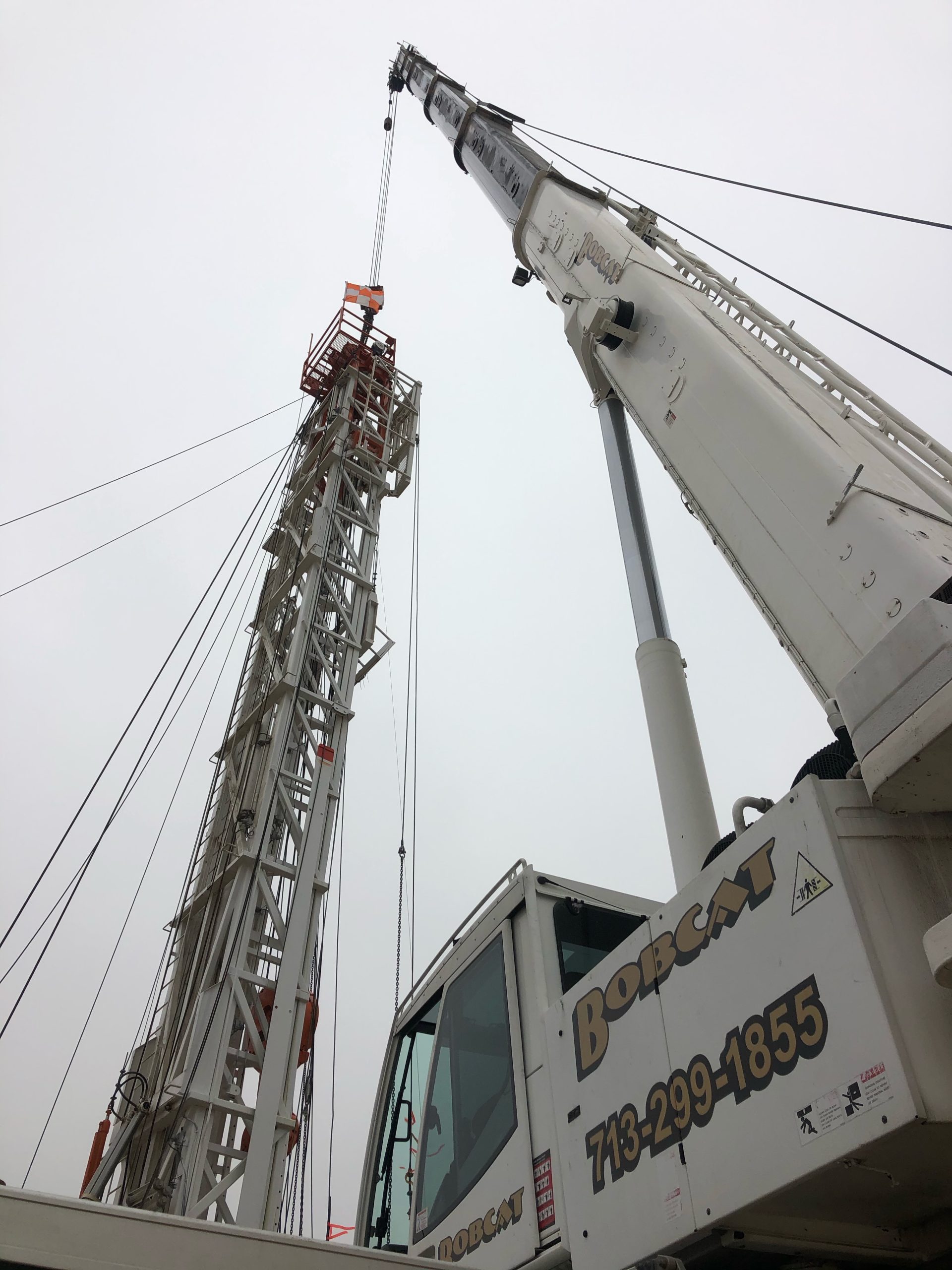Whether you're building a skyscraper in downtown or constructing a remote wind farm, having the right equipment can be the game-changer in achieving success in the construction industry. Among the myriad of machinery available today, all-terrain cranes stand out as the ultimate workhorses due to their unmatched versatility and adaptability. These machines have become essential tools on modern construction sites. In this article, we’ll explore the unique capabilities of all-terrain cranes and how you can find the perfect crane rental in Waco tailored to your specific needs. Back in the day, cranes were rudimentary contraptions relying solely on manual labor—levers and ropes were the primary tools used to lift heavy objects. The advent of the Industrial Revolution brought steam-powered cranes, followed by hydraulic, electric, and internal combustion models in the 20th century. While these early powered cranes marked a significant leap forward, they remained bulky and immobile, making them unsuitable for the ever-changing demands of modern construction sites. Following World War II, mobile cranes entered the scene, initially used for military purposes and disaster recovery. As the construction industry grew, engineers began refining these designs, creating more versatile and efficient lifting solutions. This progression eventually led to the creation of all-terrain cranes, which bring together the best features of various crane types into one highly adaptable machine. All-terrain cranes are known for their combination of power, flexibility, and mobility. Here are some standout features that set them apart: These traits make all-terrain cranes indispensable for a broad spectrum of construction tasks, from urban high-rise developments to distant infrastructure projects. One of the biggest advantages of all-terrain cranes is their ability to drive straight to the work area, drastically cutting down on setup time and minimizing the need for extensive preparations. Their high lifting capacities and rapid repositioning capabilities boost productivity, enabling quicker task completion. Safety is significantly enhanced through advanced stability systems and ergonomic operator features, reducing the risk of accidents. These cranes are also cost-effective since their versatility often eliminates the need for multiple specialized machines. Furthermore, their adaptability allows them to respond effectively to evolving site conditions, providing added flexibility. By harnessing these benefits, construction teams can optimize their workflows and take on complex projects with greater assurance. Choosing the right all-terrain crane for your project involves careful evaluation of several factors. These include the required lifting capacity, site conditions and access limitations, project duration and mobility needs, boom length and configuration options, operator expertise and training, and compliance with local regulations and permitting requirements. Partnering with an experienced crane rental provider can ensure that you choose the most suitable machine for your project, maximizing both efficiency and safety on-site. While all-terrain cranes offer numerous advantages, safety must always remain a top priority. Here are some essential safety considerations and best practices: As construction methods continue to advance, manufacturers are innovating to address emerging challenges. Emerging trends include the use of lightweight materials to boost fuel efficiency and reduce ground pressure, integrating advanced telematics and IoT technologies for predictive maintenance and remote monitoring, developing hybrid and electric powertrains to lower emissions and operating costs, and enhancing operator assistance systems and automation features for improved safety and precision. If you’re searching for the ideal all-terrain crane rental in the Waco area, Bobcat Contracting has you covered. Our fleet includes modern, well-maintained all-terrain cranes suitable for projects of any scale. Our knowledgeable team will assist you in selecting the perfect machine for your needs, ensuring you have the lifting power and flexibility necessary to complete your project efficiently and safely. With our dedication to customer service, competitive pricing, and high maintenance standards, you can count on us to deliver reliable lifting solutions for your construction projects. Reach out to us to learn more about our all-terrain crane rental options and discover how we can support your next project with a crane rental in Waco. Steel Round Bar,Steel Round,Round Bar,Carbon Steel Round Bar Tianjin YF Steel Co., Ltd , https://www.youfametal.comThe Journey of Crane Evolution
Why All-Terrain Cranes Stand Out
Applications Across Various Sectors
Enhancing Efficiency on the Job Site
Finding the Perfect All-Terrain Crane
Safety First: Best Practices for All-Terrain Cranes
Trends Shaping the Future of All-Terrain Cranes
Bobcat Contracting: Your One-Stop Shop for Crane Rentals in Waco
How All-Terrain Cranes Power Modern Construction Sites
Round steel is a kind of hollow cylindrical metal material, which is widely used in construction, machinery manufacturing, automobile manufacturing, energy, transportation and other industries.
Round steel is mainly made of carbon steel, alloy steel and tool steel.
Among them, carbon steel round steel refers to steel with carbon content within the range of 0.20% to 0.55%.
The production process of round steel is very diverse, including hot rolling, cold drawing and cold drawing.
Among them, the hot rolling production process refers to the steel material heated to a certain temperature, plastic deformation through rolling machinery and equipment, pressed into different specifications of the shape of steel.
The cold drawing process is the use of steel wire material for cold drawing, which can obtain a higher surface finish for the production of precision parts.
Cold drawing process is to draw steel in cold storage to obtain higher density, hardness and strength.
The wide application of round steel lies in its material characteristics and production process, which can meet the needs of different industries.
In construction projects, round steel is mainly used to build steel structure houses, large factories, Bridges, oil drilling platforms and oil mining equipment.
In the machinery manufacturing industry, round steel is mainly used to process gears, bearings, connecting rods, pins, shafts and other parts.
In the automobile manufacturing industry, round steel is mainly used to make auto parts, frames, suspension systems, guiding mechanisms and so on.
It is also widely used in energy, transportation and other industries.
